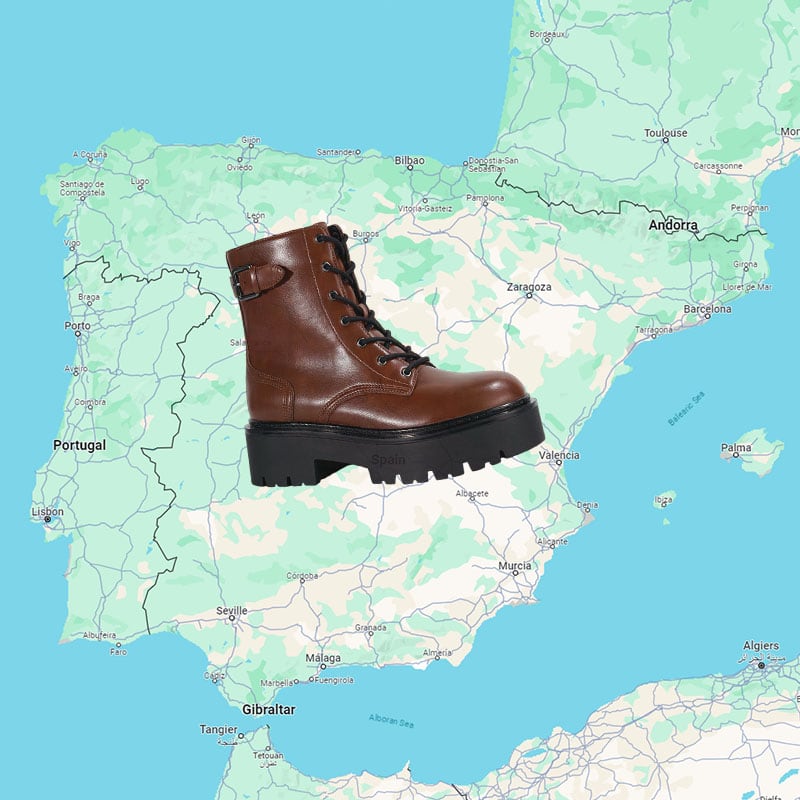Shoe manufacturers have long been accused of ignoring the unique anatomy of a woman’s foot. A new study by researchers at Aston University in Birmingham, UK, has confirmed these concerns, finding that many companies lack the data and expertise to design shoes that truly fit and support women’s feet.
The study, led by researcher John Wood, examined data on the anatomy of men’s and women’s feet. Wood and his team found that women have narrower heels, wider forefeet, and higher arches than men. They also found that women’s feet tend to rotate more inwards than men’s feet.

Despite these anatomical differences, most women’s shoes are still designed on lasts that are scaled-down versions of men’s lasts. This means that many women’s shoes are too narrow in the heel and too wide in the forefoot, which can lead to a variety of problems, including bunions, hammertoes, and plantar fasciitis.
“Few manufacturers have looked at this in great detail,” Wood said.
The Difference Between Men’s Feet And Women’s Feet
Some major makers of sports shoes have measured differences in men’s and women’s feet, but they do not publish their data. This makes it difficult to know how much these companies know about the unique needs of women’s feet and how much they are incorporating this knowledge into their designs.
The findings of the Aston University study highlight the need for footwear manufacturer to do more to design shoes that truly fit and support women’s feet. By taking the time to understand the anatomy of a woman’s foot, manufacturers can develop shoes that are more comfortable, supportive, and less likely to cause problems.
The data were sourced from a university examination of the feet of 320 men and 385 women. Although the data for each gender were analyzed separately and utilized in the design of student shoes, the report revealed that gender-based differences had not been previously scrutinized.
It has long been established that women generally have smaller feet than men. However, even when foot length is held constant and men and women are given the same shoe size statistically, the researchers unearthed noteworthy anatomical distinctions.
Women exhibit thicker ankles and calves, higher arches, and narrower heels, as elucidated by Wood. For instance, if a woman possessed the standard foot size shared by both genders, she would boast a calf circumference approximately three-quarters of an inch greater and a quarter of an inch higher, characteristics akin to those necessitated by narrow-fitting ski boots.
Also, women’s ankles are positioned roughly one-quarter inch closer to the ground, and men tend to have slightly thicker big toes, Wood said.
These anatomical disparities can disrupt the fit of a shoe, even when the size appears correct based solely on length. Regrettably, women might not immediately discern the root of the discomfort, which could be attributed to these anatomical differences. This factor is suggested to contribute to the widespread issue of cramped and pinched feet affecting many women today. Wood points out that societal norms often lead women to choose shoes that prioritize aesthetics over foot health in their everyday lives.

Moreover, the dissimilarities between men’s and women’s footwear requirements encompass the fact that women’s ankles are approximately one-quarter inch closer to the ground, and men’s big toes tend to be slightly thicker, as corroborated by researchers.
An enlightening study has disclosed that nearly 90 percent of women wear shoes that are smaller than their actual foot size, with an average discrepancy of half an inch, as reported by Wood.
However, the problem of ill-fitting shoes can be attributed to several other factors, with one prominent issue being style. Women’s shoes often feature a narrow forefoot, which can lead to toe cramping and the development of bunions, according to Wood. Paradoxically, women frequently voice concerns about their shoes being too loose in the heel. Consequently, a shoe that fits comfortably in the back of the foot may feel uncomfortably tight in the front.
Foot doctors are acutely aware of these issues, as they regularly witness the repercussions. Dr. Wendy River, who chairs the shoe wear committee of the London Orthopaedic, acknowledges the significant proportion of problems she encounters in her practice that are directly related to improper shoe wear. She firmly believes that aligning the shape of the shoe with that of the foot would substantially reduce the number of injuries.
Controversial data sharing
John Wood contends that it would be a valuable public service if major sports shoe companies were to make their anatomical data accessible to other manufacturers. This transparency, he argues, would foster innovation and cooperation within the industry.
Yet, many big shoe companies, such Nike, New Balance, are hesitant to embrace this idea. They argue that they have invested substantial resources in acquiring their knowledge and that sharing it would jeopardize their competitive advantage.
Tina Ball, the chief design officer of a renowned American sports shoe manufacturer with nearly 50 years of experience in sports shoe design, emphasizes the transformative impact of the right shoe.
These companies maintain that they continually improve their products based on their research. However, John Wood counters this claim, asserting that they could substantiate their commitment to improvement by disclosing their data.





